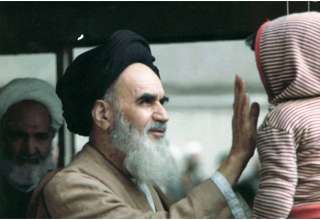T-Boy Society of Film & Music’s Best Pictures of 2019
Best Picture
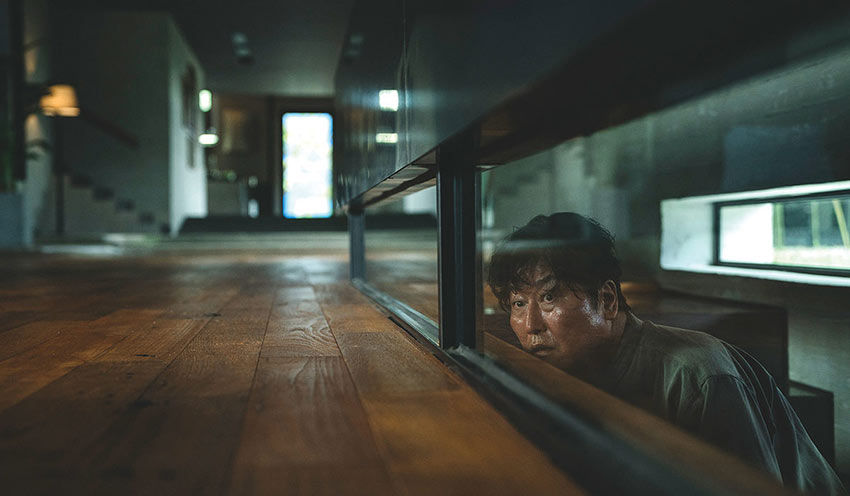
- Parasite: Bong Joon-ho
- The Irishman: Martin Scorsese
- Once Upon a Time… in Hollywood: Quentin Tarantino
- Pain and Glory: Pedro Almodóvar
- 1917: Sam Mendes
- Joker: Todd Phillips
- Marriage Story: Noah Baumbach
- Us: Jordan Peele
- Synonyms: Nadav Lapid
- A Beautiful Day in the Neighborhood: Marielle Heller
Honorable Mention
- High Life: Claire Denis
- Little Women: Greta Gerwig
- The Souvenir: Joanna Hogg
- The Image Book: Jean-Luc Godard
- The Dead Don’t Die: Jim Jarmusch
- An Elephant Sitting Still: Hu Bo
- Ash Is Purest White: Jia Zhangke
- Bacurau: Kleber Mendonça Filho and Juliano Dornelles
- Jeannette: The Childhood of Joan of Arc: Bruno Dumont
- Portrait of a Lady on Fire: Céline Sciamma
- Uncut Gems: Josh and Benny Safdie
- Ford Vs Ferrari: James Mangold
Best Documentary

- American Factory: Julia Reichert, Steven Bognar
- Varda by Agnès: Agnès Varda,
- Cold Case Hammarskjold: Mads Brügger
- 63 Up: Michael Apted
- Mike Wallace is Here: Avi Belkin
Honorable Mention
- The Biggest Little Farm: John Chester
- Honeyland: Tamara Kotevska, Ljubomir Stefanov
Best Male Performance in a Leading Role
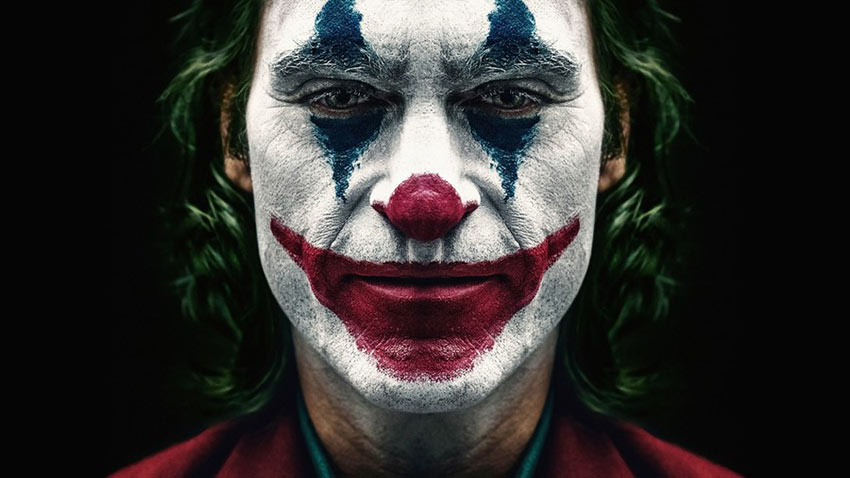
- Joaquin Phoenix: Joker
- Antonio Banderas: Pain and Glory
- Adam Driver: Marriage Story
- Robert De Niro: The Irishman
- Leonardo DiCaprio: Once Upon a Time… in Hollywood
Best Male Performance in Supporting Role
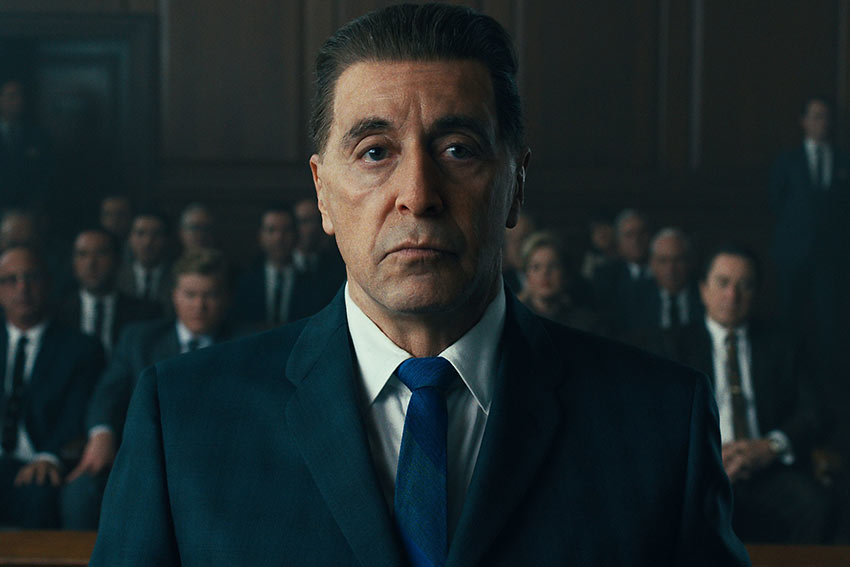
- Al Pacino: The Irishman
- Brad Pitt: Once Upon a Time… in Hollywood
- Joe Pesci: The Irishman
- Song Kang-ho: Parasite
- Christian Bale: Ford Vs Ferrari
Best Female Performance in a Leading Role
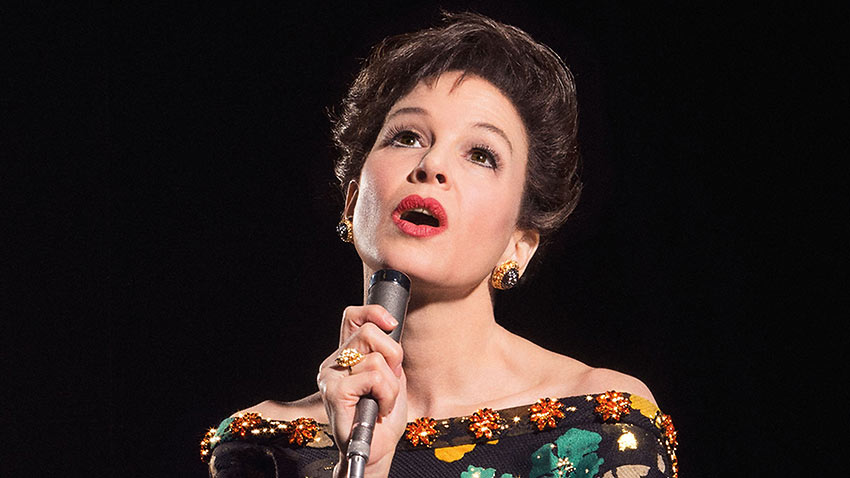
- Renée Zellweger: Judy
- Scarlett Johansson: Marriage Story
- Lupita Nyong’o: Us
- Cynthia Erivo: Harriet
- Saoirse Ronan: Little Women
Best Female Performance in a Supporting Role
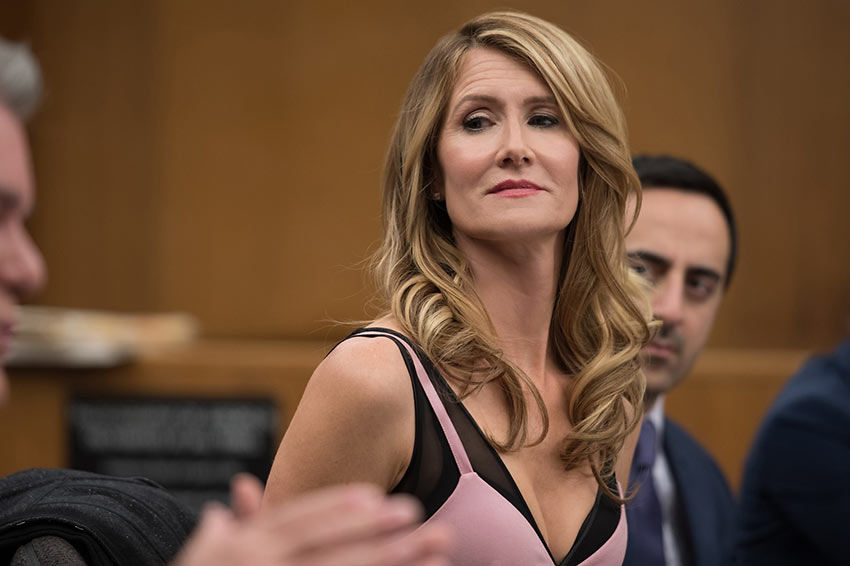
- Laura Dern: Marriage Story
- Park So-dam: Parasite
- Margo Robbie: Bombshell / Once Upon a Time… in Hollywood
- Yeo-jeong Jo: Parasite
- Julia Butters: Once Upon a Time… in Hollywood
Best Cinematography
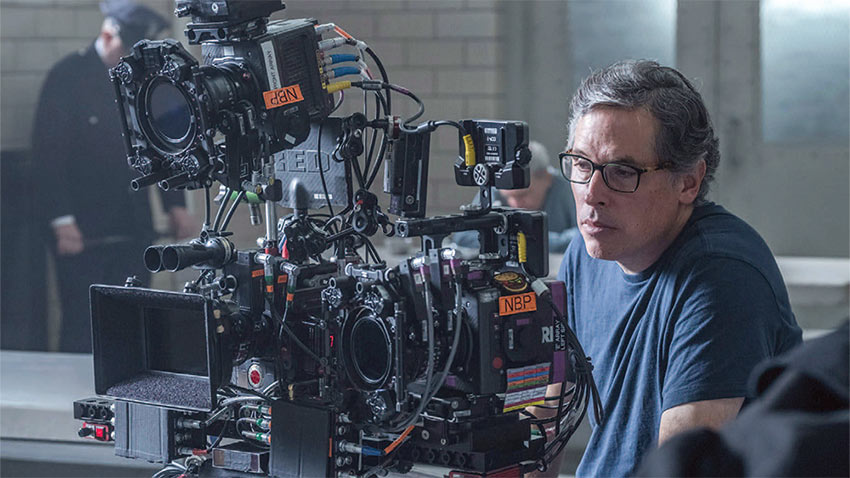
- Rodrigo Prieto: The Irishman
- Roger Deakins: 1917
- Robert Richardson: Once Upon a Time… in Hollywood
- Kyung-pyo Hong: Parasite
- José Luis Alcaine: Pain & Glory
An Academy Award Record
After 10 years of absence, Charlie Chaplin returned to the U.S. to receive a Lifetime Achievement Award at the 1972 Oscar ceremonies. (The same year, Limelight is finally released in the U.S. and he wins an Oscar for best original score the next year). In this clip, Chaplin is clearly overwhelmed by the audiences’ response as he accepts the Lifetime Achievement Award. The applause lasts for a record of 12 minutes, still the longest in Academy Award history.
Kirk Douglas (1916 – 2020)
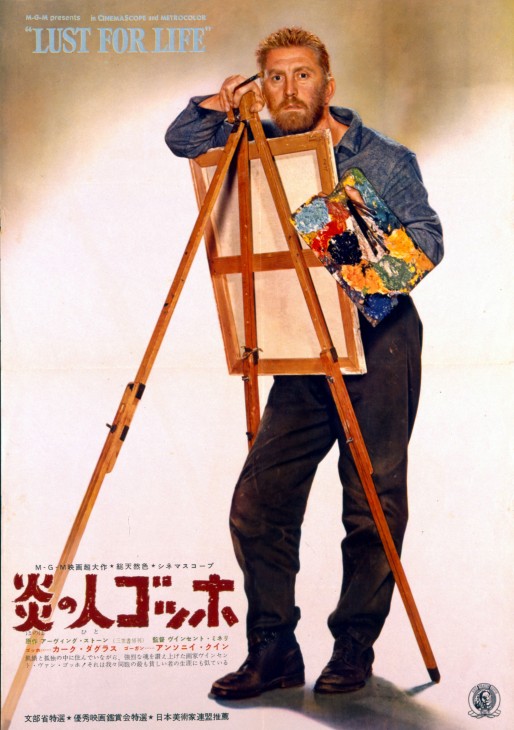 Traveling Boy Film Critics Association selects Kirk Douglas’ best film appearances followed with comments by Mr. Douglas.
Traveling Boy Film Critics Association selects Kirk Douglas’ best film appearances followed with comments by Mr. Douglas.
Top 5 — In order of preference
- Lust for Life (1956)
“Acting is make-believe. I never believe I’m the character; I want you to believe. But with Lust for Life, I got so involved with van Gogh… it really was frightening, because I felt like the character was overtaking me… It was a very, very interesting experience. I have never felt that way on any other picture.” - Paths of Glory (1957)
“I saw a little picture that Stanley Kubrick had done [the 1956 film The Killing], and I said, ‘Gee, he’s very talented.’ I called him and said, ‘Do you have any other projects?’ He said, ‘Yes, I have a project, but nobody wants to do it.’ And he sent me Paths of Glory. I said, ‘Stanley, this picture won’t make a nickel, but we have to do it.’” - Ace in the Hole (1951)
“I thought that Billy Wilder was such a brilliant director… [That character was a lot to handle, so I asked him if I should tone him down a bit, but he told me to do just the opposite.] ‘Both knees! Give it both knees!’” - The Bad and the Beautiful (1952)
“You know, it’s tough to make a movie about movies… We’re all too close to it. But The Bad and the Beautiful was very good. And Lana Turner, I think, did her best job; she was very good. I was good, too!” - Spartacus (1960)
“I was intrigued with the character of Spartacus, and I just had to make it. And, at the same time, we were going through a terrible period, the McCarthy era… I’m very proud that Spartacus broke the blacklist [by giving blacklisted screenwriter Dalton Trumbo screen credit], because that was very important… It happened at the right time for me. I was young enough to be foolish… It’s nice to make a movie that people enjoy and that does something.”
Honorable Mention
Lonely Are the Brave (1962)
“I love that character and his relationship with his horse. And I always consider that my best movie. It was not a big success. It’s gotten to be more of a cult film right now… Again, Dalton Trumbo wrote the screenplay. It was the one time we never changed a word; it was perfect, like a hole in one.”
Quick Kirk Douglas Bio
The Golden Age of Hollywood ended with recent passing of Kirk Douglas. He was the last leading man of that era – an actor who fought his way to the top in a true rags to riches narative. Born in 1916 Isur Danielovitch; (Yiddish: איסר דניאלאָוויטש; Belarusian: Ісур Даніловіч) in Amsterdam, New York, the son of Jewish immigrants from Chavusy, Mogilev Region, in the Russian Empire (present-day Belarus), and the family spoke Yiddish at home. His father was a rag man, and he worked as the ragman’s son.
Douglas sold snacks to mill workers to earn enough to buy milk and bread to help his family. Later, he delivered newspapers and had more than forty jobs before becoming an actor. “I was dying to get out. In a sense, it lit a fire under me.” After appearing in plays at Amsterdam High School, from which he was graduated in 1934, he knew he wanted to become a professional actor. Unable to afford the tuition, Douglas talked his way into the dean’s office at St. Lawrence University and showed him a list of his high school honors. He graduated with a bachelor’s degree in 1939. He received a loan which he paid back by working part-time as a gardener and a janitor. He was a standout on the wrestling team. He attributed much of that vitality to his childhood and pre-acting years: “The drive that got me out of my hometown and through college is part of the makeup that I utilize in my work. It’s a constant fight, and it’s tough.” His demands on others, however, were an expression of the demands he placed on himself, rooted in his youth. “It took me years to concentrate on being a human being—I was too busy scrounging for money and food, and struggling to better myself.”
In his 1988 autobiography, The Ragman’s Son, Douglas notes the hardships that he, along with six sisters and his parents, endured during their early years in Amsterdam, New York.
Actress Lee Grant, who acted with him and later filmed a documentary about him and his family, notes that even after he achieved worldwide stardom, his father would not acknowledge his success. ‘He said “nothing. Ever.”’ Douglas’s wife, Anne, similarly attributes the energy he devotes to acting to his tough childhood, “I think part of Kirk’s life has been a monstrous effort to prove himself and gain recognition in the eyes of his father … Not even four years of psychoanalysis could alter the drives that began as a desire to prove himself.”
Douglas’s acting talents were noticed at the American Academy of Dramatic Arts in New York City, which gave him a special scholarship. One of his classmates was Betty Joan Perske (later known as Lauren Bacall), who would play an important role in launching his film career. Bacall wrote that she “had a wild crush on Kirk,” and they dated casually. Another classmate, and a friend of Bacall’s, was aspiring actress Diana Dill, who would later become Douglas’s first wife.
During their time together, Bacall learned Douglas had no money, and that he once spent the night in jail since he had no place to sleep. She once gave him her uncle’s old coat to keep warm: “I thought he must be frozen in the winter . … He was thrilled and grateful.” Sometimes, just to see him, she would drag a friend or her mother to the restaurant where he worked as a busboy and waiter. He told her his dream was to someday bring his family to New York to see him on stage.
Douglas joined the United States Navy in 1941, shortly after the United States entered World War II, where he served as a communications officer in anti-submarine warfare aboard USS PC-1139. He was medically discharged in 1944 for war injuries
Douglas had planned to remain a stage actor, until Bacall helped him get his first film role by recommending him to producer Hal B. Wallis, who was looking for a new male talent. Wallis’s film, The Strange Love of Martha Ivers (1946), with Barbara Stanwyck, became Douglas’s debut screen appearance.
Douglas became an international star through positive reception for his leading role as an unscrupulous boxing hero in Champion (1949), which brought him his first nomination for the Academy Award for Best Actor. His other early films include Young Man with a Horn (1950), playing opposite Lauren Bacall and Doris Day, Ace in the Hole opposite Jan Sterling (1951), and Detective Story (1951), for which he received a Golden Globe nomination as Best Actor in a Drama. He received a second Oscar nomination for his dramatic role in The Bad and the Beautiful (1952), opposite Lana Turner, and his third nomination for portraying Vincent van Gogh in Lust for Life (1956), which landed him a second Golden Globe nomination.
For most of his career, Douglas enjoyed good health and what seemed like an inexhaustible supply of energy.
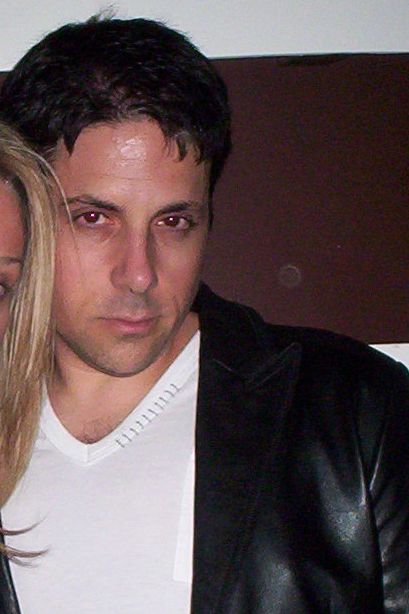 Rourke is a musician, cineaste, enfant terrible, and connoisseur of fighting fish.
Rourke is a musician, cineaste, enfant terrible, and connoisseur of fighting fish.






